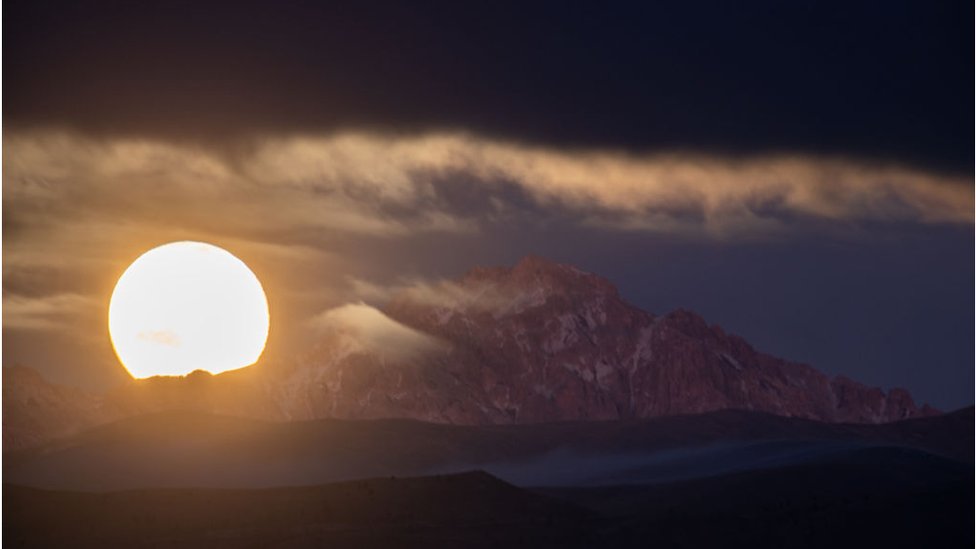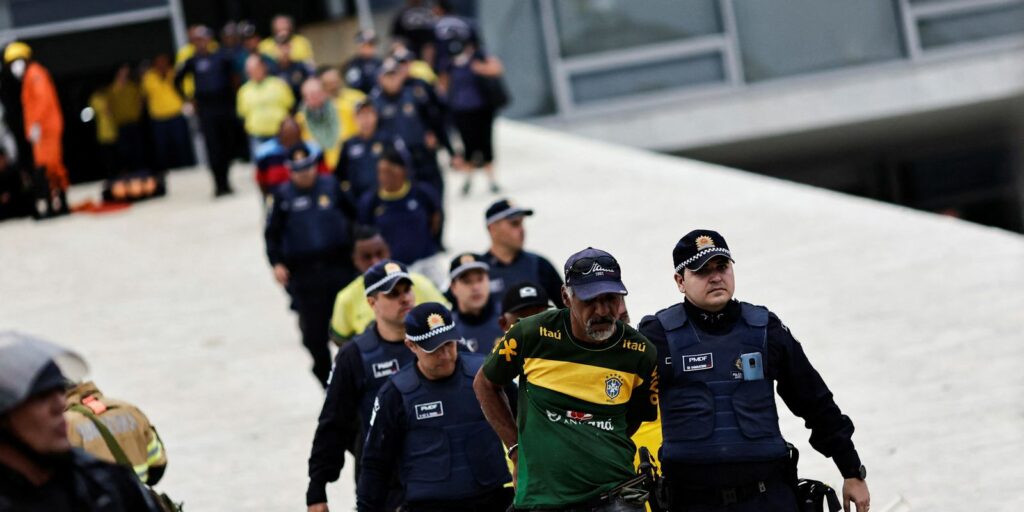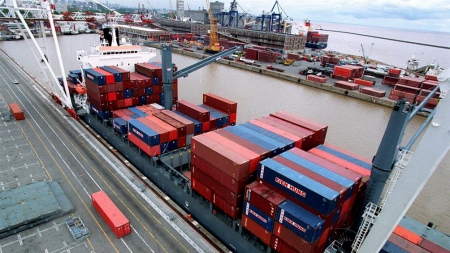January 10, 2023, 7:13 PM
January 10, 2023, 7:13 PM
Human action to save the ozone layer has worked as expected and it may recover in just a few decades, the United Nations says.
An international agreement signed in 1987 to stop using harmful chemicals that damaged the ozone layer has been successful, indicates an assessment by the international body.
The ozone layer is a thin part of Earth’s atmosphere It absorbs most of the sun’s ultraviolet radiation.
When depleted, this radiation can reach the surface and cause potential harm to humans and other living things.
Ultraviolet rays can damage DNA and cause sunburn, which increases the long-term risk of diseases such as skin cancer.
The ozone layer began to deplete in the 1970s.
This loss was blamed on chlorofluorocarbons (CFCs), commonly found in aerosol cans, refrigerators, foam insulation and air conditioners, for eating up the ozone layer.

Scientists discovered a large hole in the layer in 1985. Just two years later, the Montreal Protocol was signed, in which 46 countries committed to phasing out harmful chemicals.
The agreement subsequently became the first UN treaty to achieve universal ratification, and nearly 99% of banned ozone-depleting substances have already been phased out.
The Antarctic ozone hole continued to expand until the year 2000, but then its area and depth began to slowly improve.
effective strategy
Now a report co-produced by UN agencies, the United States and the European Union says the Montreal Protocol is working as expected.
He points out that, if current policies are maintained, the ozone layer will be restored to 1980 values, before the ozone hole appeared, at different points:
- In 2066 on the Antarcticawhere ozone depletion was the most severe.
- In 2045 on the Arctic.
- Within two decades in anywhere else on the planet.
While ozone depletion is harmful due to solar radiation, it is not a major cause of climate change.
However, saving the ozone layer has had a positive side effect on global warmingthe report suggests, because some of the harmful chemicals that were removed are powerful greenhouse gases.
That removal will have prevented up to 1 degree Celsius of warming by mid-century, compared with increasing its use by 3% a year, scientists warn.
While the report has been greeted as good news, and evidence that swift international action to avert environmental crises can workpoints out that continued progress on the ozone layer is not guaranteed.
For example, proposals to limit global warming by sending millions of tons of sulfur dioxide into the upper atmosphere, known as stratospheric aerosol injection, could drastically reverse the recovery of the ozone layer.
Now you can receive notifications from BBC Mundo. Download the new version of our app and activate them so you don’t miss out on our best content.


















